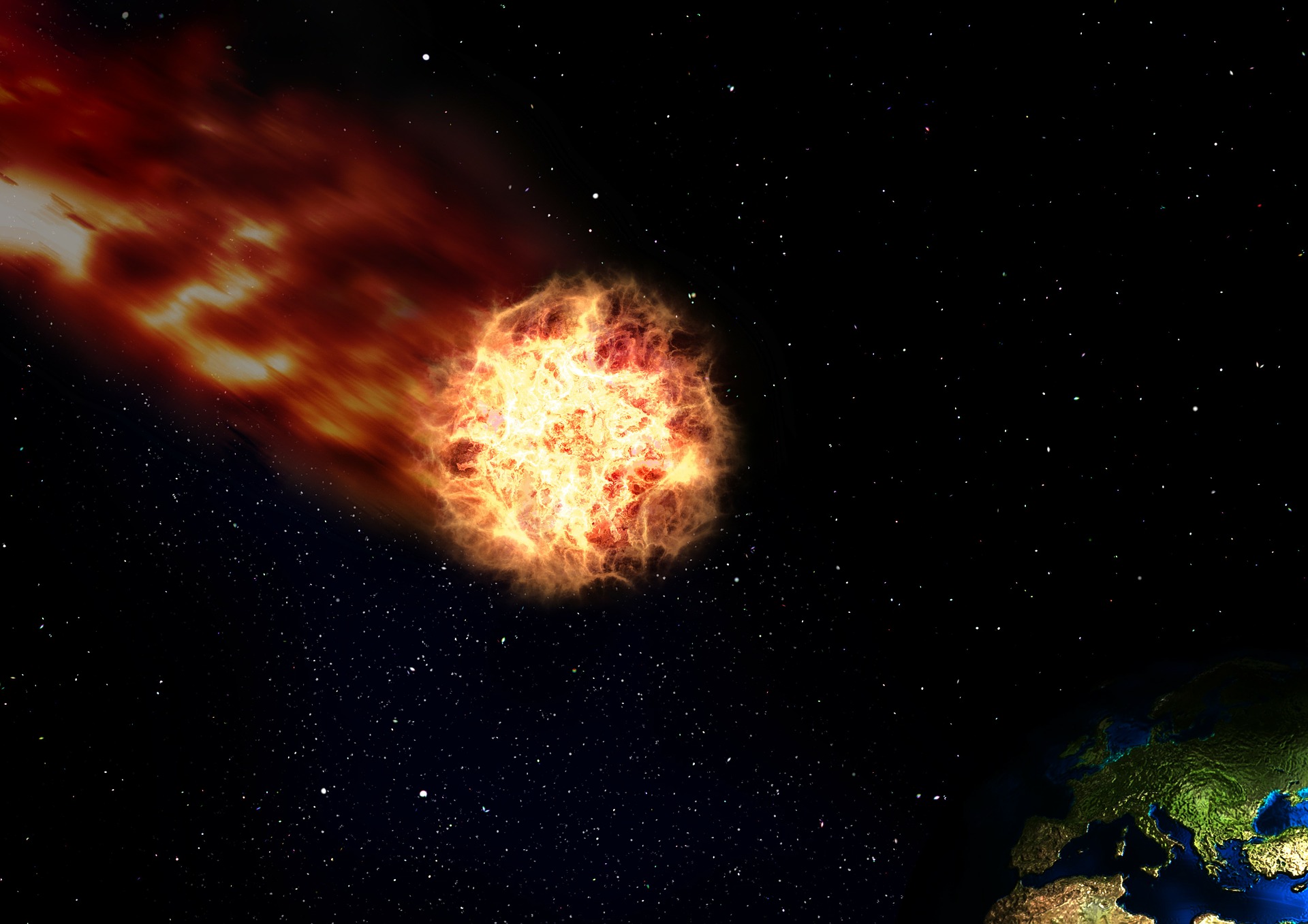If you happen to look up at the night sky and notice fireballs streaking across the heavens, there’s no need for alarm, it’s just the annual Taurid meteor shower at it’s peak.
While the event happens every year, NASA scientists have predicted this year’s event to be more of a swarm than a shower — marking an event that only happens once every ten years.
The once-in-a-decade Taurid meteor swarm that is upon us, which Space.com reports will be at its peak from November 5-12, will appear to be moving slower than other events as it streaks across the sky in a vibrant display of atmospheric incandescence.
As the Taurid shower splits into two streams, one north and one south, that broke off at slightly different times, their orbits differ. Subsequently, Earth’s inhabitants are looking at a week and half period of what ScienceAlert reports to be “good viewing days.”
While the north Taurid peaks on November 11 and 12, the south Taurid shower peaks on November 5 and 6.
While Taurid’s last fireballs, which are actually extremely bright meteors, were last seen back in 2005, the event plays out every year between the months of September and December as the Earth plows through Comet Encke’s trail of debris.
NASA’s Bill Cooke, who runs the space agency’s Meteoroid Environments Office, indicated that they’re “seeing steady activity” in their meteor cameras and that those who happen to catch a glimpse of a bright meteor or fireball “should not be surprised.”
In order to catch a glimpse of some fireballs as they fly across the night sky, look towards the Taurus constellation from which the meteors originate.
While the meteor shower offers amateur and expert meteorologists alike a chance to watch a spectacular show in the heavens above, it also marks yet another opportunity for scientists to study the celestial event.
In recent times, scientists have theorized that the shower in all of its fiery yellow and orange glory might actually be the result of a comet larger than Encke which disintegrated and left Encke and other debris in its wake.
























